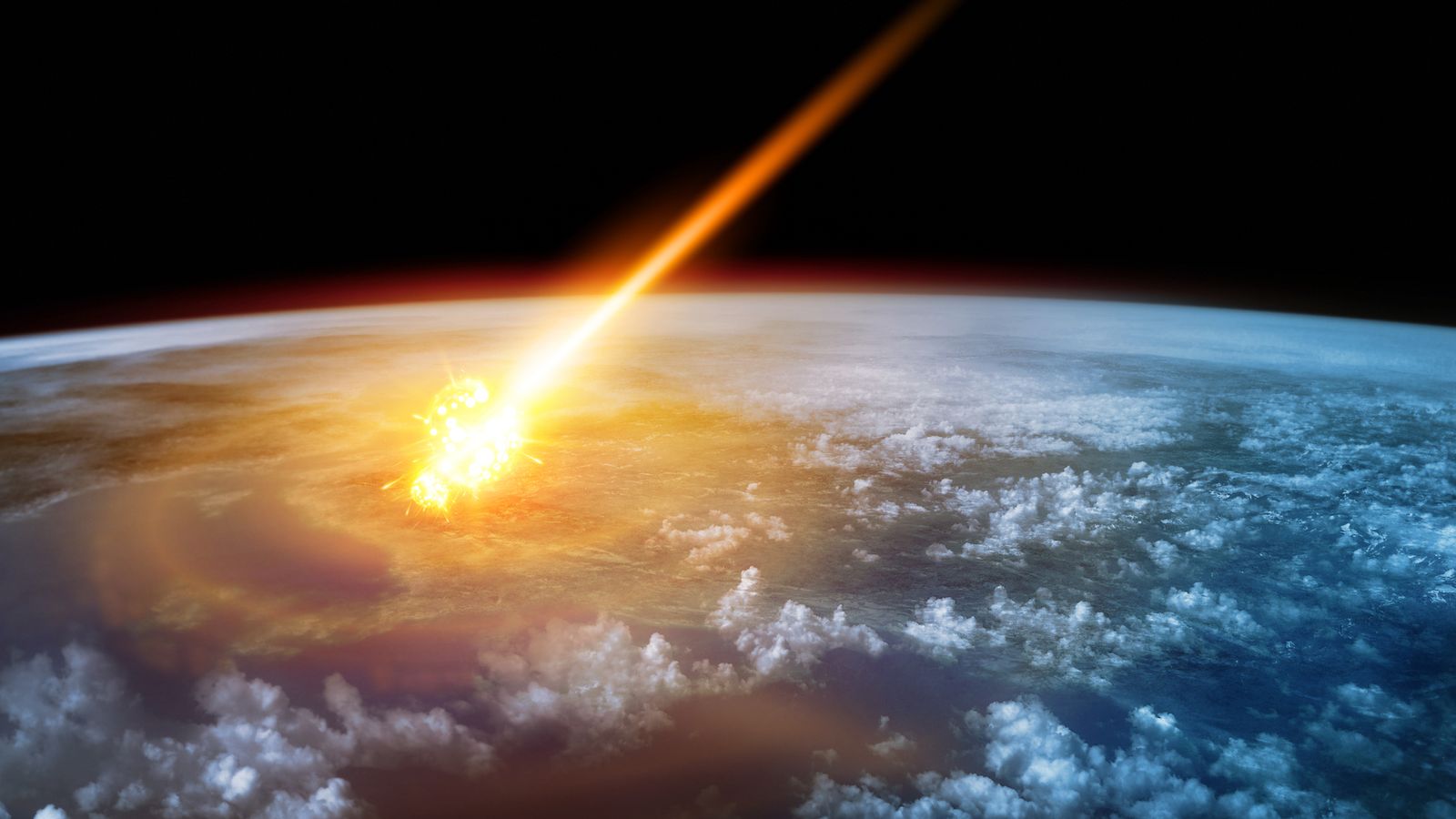Scientists have discovered what they believe is the strongest evidence to date that the continents were formed by giant meteor impacts during the Earth’s early history.
Meteorite impacts were “particularly prevalent during the first billion years or so of our planet’s four-and-a-half billion year history”, according to researchers from Curtin University.
The theory that the continents were originally formed at the sites of these impacts has been around for decades, but there has been little solid evidence to support it – until now, says Dr Tim Johnson.
“By examining tiny crystals of the mineral zircon in rocks from the Pilbara Craton in Western Australia, which represents Earth’s best-preserved remnant of ancient crust, we found evidence of these giant meteorite impacts,” Dr Johnson said.
The mineral deposits around Pilbara, which is rich in iron, are some of the oldest on Earth, and have previously been the site of discovery for evidence of the earliest known life on land.
“Studying the composition of oxygen isotopes in these zircon crystals revealed a ‘top-down’ process starting with the melting of rocks near the surface and progressing deeper, consistent with the geological effect of giant meteorite impacts,” explained Dr Johnson.
“Our research provides the first solid evidence that the processes that ultimately formed the continents began with giant meteorite impacts, similar to those responsible for the extinction of the dinosaurs, but which occurred billions of years earlier.”
Facebook defends itself after handing over chat messages to US police investigating abortion
Elon Musk sells $6.9bn in Tesla shares as battle with Twitter continues
Scientists propose rewilding the American West by reintroducing grey wolves and beavers
Understanding how the Earth’s continents were formed and continue to evolve is crucial, the scientists explained, because we are so dependent upon their mineral deposits – as well as the fact that the landmasses host the majority of our planet’s biomass.
“The continents host critical metals such as lithium, tin and nickel, commodities that are essential to the emerging green technologies needed to fulfil our obligation to mitigate climate change,” Dr Johnson said.
“These mineral deposits are the end result of a process known as crustal differentiation, which began with the formation of the earliest landmasses, of which the Pilbara Craton is just one of many.
“Data related to other areas of ancient continental crust on Earth appears to show patterns similar to those recognised in Western Australia. We would like to test our findings on these ancient rocks to see if, as we suspect, our model is more widely applicable.”






















